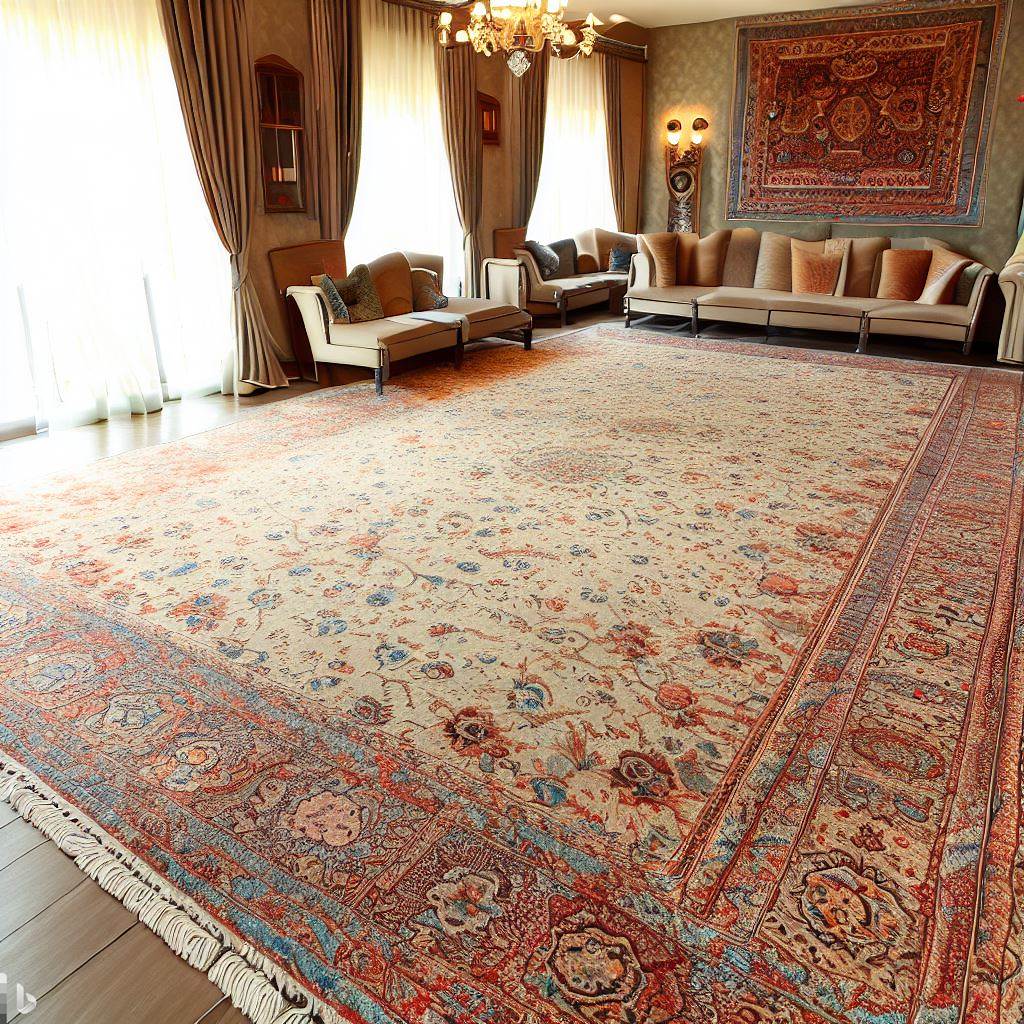The Craft of Rug Making: Honoring Tradition with Modern Flair
For centuries, diligent artisans worldwide have upheld rug making traditions, passing down specialized techniques from generation to generation. Yet rug crafting continues evolving as makers fuse old methods with new technology, materials, and design aesthetics. This blend of preserving heritage while cultivating innovation keeps the rug making craft vibrant. Skilled rug artists pay homage to cultural roots and mentorship that originated techniques, while also pioneering fresh modes of creation. This article delves into how rug making honors enduring traditions and culture while embracing originality.
Traditional Construction Techniques, Patterns, and Materials
Rug creators uphold treasured foundations of the craft while adding their personal twist:
Regional Techniques
Makers follow localized techniques like Navajo vertical loom weaving or Scandinavian rya stitching. Traditional skills live on.
Cultural Motifs
Weavers adapt patterns, symbols, and icons meaningful to their heritage like Celtic knots, Peruvian llamas, or Navajo geometrics. Lineage influences design.
Natural Dyes
Using plant-based indigo, insect cochineal, or mineral madder to naturally dye yarns pays respect to ancient methods. Sustainability factors in.
Handspun Yarns
Shear, clean, card, spin, and twist wool into handspun artisanal yarns. This meticulous process honors material origins.
Found Materials
Turning discarded fabrics and clothing into rag rugs through weaving or hooking sustains thrift and resourcefulness integral to rug making.
Mentorship
Learning techniques firsthand from veteran rug artisans ensures time-tested knowledge is directly passed down with nuances intact.
How Rug Makers Innovate Within Traditions
Rug crafters inventively riff on convention:
Pattern Play
Weavers rearrange, distort, simplify or intricately detail traditional cultural motifs. Geometrics morph into pixelated graphics. Florals go abstract.
Unconventional Materials and Fibers
Makers utilize unexpected items like strips of leather, upcycled plastic bags, or neckties along with modern high-tech yarns.
Eclectic Mixing
Artisans combine classic braided rugs with giant modern geometrics or tapestries with digital photographic transfers for fresh fusion.
Experimental Dyes
In addition to natural dyes, rug creators embrace synthetic, acid, reactive dyes to access a wider spectrum of bright, saturated colors.
High and Low Tech
Weavers interlace hand spun wool with computer programmed electronic LED lights or integrate QR codes into traditional patterns through inventive merging of handicraft with digital tech.
Contemporary Collaborations
Rug artists collaborate with interior designers, architects, and brands to reimagine rugs for modern lifestyles and spaces. Creativity thrives.
Blending Heritage Methods with Cutting-Edge Aesthetics
Many rug makers artfully balance preserving heritage while cultivating a modern perspective:
Updated Classics
Traditional styles get refreshed with graphic abstract motifs or soothing watercolor palettes that feel contemporary.
Inherited Innovation
Generation after generation within family-run studios, weavers interpret techniques uniquely while upholding quality standards. Tradition progresses.
High-tech Handicrafts
Natural wool gets hand-spun then digitally programmed into computerized looms for efficient production without losing human touch.
Retro Remixes
Vintage rug patterns from bygone eras inspire reworked color schemes and layouts that give heirloom designs modern appeal. The old feels new again.
Tactile Textures
Incorporating three-dimensional fibers, carved textures, glossy metallic yarns, ornate fringes and abstract dyed effects refreshes tradition with tactile depth.
Custom Commissions
For specialty interior projects, designers collaborate closely with artisans to hand make one-of-a-kind statement rugs tailored to the spaces and clients. Rugs transcend commodity.
How Rug Making Sustains Cultural Traditions
Beyond preserving techniques, rug making connects people to heritage:
Storytelling
Rugs communicate cultural narratives, symbols, and meaning through motifs. Patterns relay mythology, folklore, and history. Techniques represent identity.
Family Trade
Weaving knowledge passes between generations. Children learn at parents’ knees. Mentors take apprentices. Wisdom transfers through hands-on practice.
Economic Empowerment
Cottage rug industries support artisan livelihoods and communities. Rug crafting prevents traditional skills from being lost while offering income.
Cultural Ambassadors
Rugs reflect people’s ethnic roots and customs. Traders once transported rugs worldwide, spreading cultural awareness. Handicrafts build bridges.
Traditional Lifestyles
Making rugs by hand connects to slower, pre-industrial ways of living and working. Rug weaving represents heritage and ancestral wisdom.
Legacy Investment
Heirloom quality handmade rugs accrue value over decades. Families cherish rugs as they become antiques. Craftsmanship transcends trends.
Innovating for the Future While Honoring the Past
Rug artisans will continue driving their craft forward by fusing age-old rug making foundations with cutting-edge technology, materials, and design originality. This ethos of melding tradition with innovation ensures enduring relevance and preserves rug handicraft as a living artform. Through creativity and mentorship between generations, cherished cultures and methods will thrive into the future – one handmade rug at a time.
